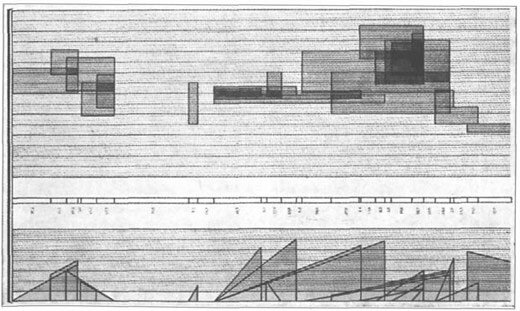Stockhausen’s Dialectic
Posted by ben on 08 Dec 2007 at 03:34 pm | Tagged as: essays, music, r.i.p., responses/reviews, sound art

On the news of Stockhausen’s death, it may be worth reading this long essay on his work, which is still often misunderstood. This brief quote encapsulates some of the main ideas of the essay (by Jean-Claude Eloy):
The splendid success of the overall conception, general organization and production of “Zyklus” still do not always allow for the percussions to truly express their life and demonstrate all of their rich potential. On this matter, a work such as “Mikrophonie I” opens up surprising vistas and breaks down all barriers. The rich, but single, source for the whole work (the large tam-tam) is allowed ample time to “share” its multiple metamorphoses of tones, attacks, and resonances. Once again, with such a work, Stockhausen has shown himself to be a frontrunner, the boldest of all.
Throughout his work, Stockhausen’s dialectical personality is express by this double thrust, one rotating, the other ascending. One the one hand, he is truly audacious in his conceptual work and he knows how to impose a (sometimes “abstract”) form of thinking on musical material. And on the other hand, he possesses a very open sensitivity that studies material, listens to sounds created in the studio, analyzes their hidden pulsations, all to extract new meaning, go a step further and push the material forward.
Stockhausen’s double success in the two worlds of instrumental and vocal music – sound material that is already laden with history and acquired habits – as in the new realm of exploration of electro-acoustic technologies (a unique case in our times), can be understood by the presence of this dialectic that is constantly criss-crossing and circulating between two poles: from conception to material and from material to conception. Although ostensibly contradictory, these two poles are, in fact, complementary.
[Image above is a page from the score of Stockhausen's 1954 composition Studie II]
UPDATE: I decided to upload an MP3 of Stockhausen’s groundbreaking 1956 composition, Gesang der Junglinge. You can read more about this piece here. Enjoy.
One Response to “Stockhausen’s Dialectic”
-
on 09 Dec 2007 at 10:53 am # I Saw America Changed By Music